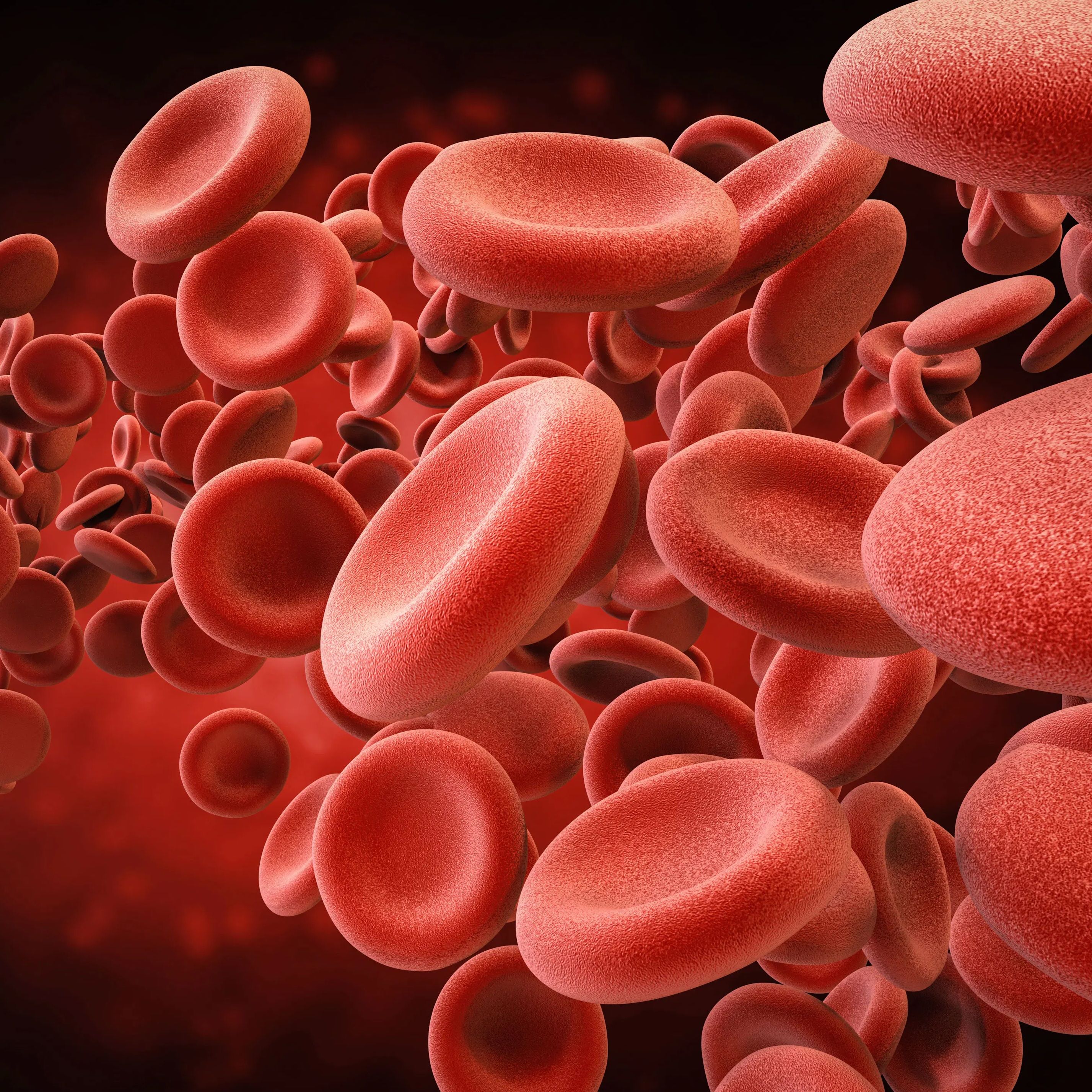News
Article
Ferritin Cutoff Choice Linked to Rates of Iron Deficiency Diagnosis
Author(s):
Ferritin cutoffs of 30 and 45 ng/mL notably increase the rate of iron deficiency diagnoses.
Credit: Fotolia

Guideline-recommended cutoffs for serum ferritin were linked to the incidence of iron deficiency diagnoses in primary care, according to a recent retrospective cohort study in JAMA Network Open.1
Across more than 255,000 adult primary care patients, these data showed ferritin cutoffs of 30 and 45 ng/mL were correlated with a notably higher incidence of iron deficiency, compared with a ferritin cutoff of 15 ng/mL.
“Our results provide an information base for health system-level evaluation of ferritin testing in primary care,” wrote the investigative team, led by Levy Jäger, MD, Institute of Primary Care, University Hospital Zurich. “In addition, they highlight the need for harmonization of guidelines for the diagnosis of iron deficiency in primary care.”
Iron deficiency is a leading cause of global years lived with disability, typically due to subsequent anemia.2 Nonanemic iron deficiency has garnered attention as a separate clinical entity and has been estimated to be more common than anemic iron deficiency.3
Serum ferritin measurement is the pillar of iron deficiency diagnosis and a commonly requested laboratory test across various primary care settings.4 Guidelines on iron deficiency often differ on the populations that most benefit from ferritin testing and optimal cutoffs for diagnosis.
Ferritin cutoff choice can implicate a patient’s outcomes, from withholding necessary iron therapy with too low a cutoff to overtreatment of patients who do not benefit from iron therapy with too high a cutoff.5 In this analysis, Jäger and colleagues estimated how the incidence of nonanemic and anemic iron deficiency diagnoses in primary care depends on the choice of ferritin cutoff.1
Retrospective cohort data on patients with ≥1 consultation with a general practitioner were obtained from the Family Medicine Research Using Electronic Medical Records (FIRE) project, a Swiss primary database, from January 2021 to November 2023.
Investigators defined sex-age strata and the presence of guideline-noted clinical factors as requiring special consideration for ferritin testing, including chronic kidney disease (CKD), inflammatory bowel disease (IBD), fatigue, and heart failure.
They measured the association of ferritin cutoff choice with the incidence of iron deficiency diagnoses using 3 cutoffs recommended by guidelines and expert panel for the adult general population: 15, 30, and 45 ng/mL. The total incidence of diagnoses was defined as the number of events per 1000 patient years.
Overall, 255,351 patients were identified for analysis – patients had a median age of 52 years and were 52.1% female. Across the study period, 72,817 patients (28.5%) received ferritin testing.
At ferritin cutoffs of 15, 30, and 45 ng/mL, the incidences of iron deficiency diagnoses were 10.9 (95% CI, 10.6–11.2), 29.9 (95% CI, 29.4–30.4), and 48.3 (95% CI, 47.7–48.9) cases per 1000 patient-years, respectively.
With the same ferritin cutoffs, the incidence of nonanemic iron deficiency diagnoses were 4.1 (95% CI, 3.9–4.2), 14.6 (95% CI, 14.3–15.0), and 25.8 (95% CI, 25.3–26.2) cases per 1000 patient-years, respectively. The respective anemic iron deficiency diagnoses were 3.5 (95% CI, 3.3–3.7), 6.0 (95% CI, 5.8–6.2), and 7.5 (95% CI, 7.3–7.7) cases, respectively.
Cox proportional hazards regression models revealed a link between ferritin testing and fatigue (adjusted hazard ratio [aHR], 2.03; 95% CI, 1.95–2.12), anemia (aHR, 1.75; 95% CI, 1.70–1.79), and iron therapy (aHR, 1.50; 95% CI, 1.46–1.54). Female patients were more likely to receive ferritin testing versus males of the same age across all categories, including postmenopausal.
Jäger and colleagues summarized their findings in the context of the clinical uncertainty of general practitioners when faced with the diagnosis of iron deficiency.
“This uncertainty may be partly due to the lack of consensus among different recommendations for iron deficiency screening and ferritin cutoffs, ultimately calling for more guidance on the management of iron deficiency in primary care,” Jäger and colleagues wrote.
References
- Jäger L, Rachamin Y, Senn O, Burgstaller JM, Rosemann T, Markun S. Ferritin Cutoffs and Diagnosis of Iron Deficiency in Primary Care. JAMA Netw Open. 2024;7(8):e2425692. doi:10.1001/jamanetworkopen.2024.25692
- GBD 2021 Anaemia Collaborators. Prevalence, years lived with disability, and trends in anaemia burden by severity and cause, 1990-2021: findings from the Global Burden of Disease Study 2021 [published correction appears in Lancet Haematol. 2023 Oct;10(10):e796. doi: 10.1016/S2352-3026(23)00283-1] [published correction appears in Lancet Haematol. 2024 Jan;11(1):e10. doi: 10.1016/S2352-3026(23)00373-3]. Lancet Haematol. 2023;10(9):e713-e734. doi:10.1016/S2352-3026(23)00160-6
- Al-Naseem A, Sallam A, Choudhury S, Thachil J. Iron deficiency without anaemia: a diagnosis that matters. Clin Med (Lond). 2021;21(2):107-113. doi:10.7861/clinmed.2020-0582
- Peyrin-Biroulet L, Williet N, Cacoub P. Guidelines on the diagnosis and treatment of iron deficiency across indications: a systematic review. Am J Clin Nutr. 2015;102(6):1585-1594. doi:10.3945/ajcn.114.103366
- Tolkien Z, Stecher L, Mander AP, Pereira DI, Powell JJ. Ferrous sulfate supplementation causes significant gastrointestinal side-effects in adults: a systematic review and meta-analysis. PLoS One. 2015;10(2):e0117383. Published 2015 Feb 20. doi:10.1371/journal.pone.0117383





